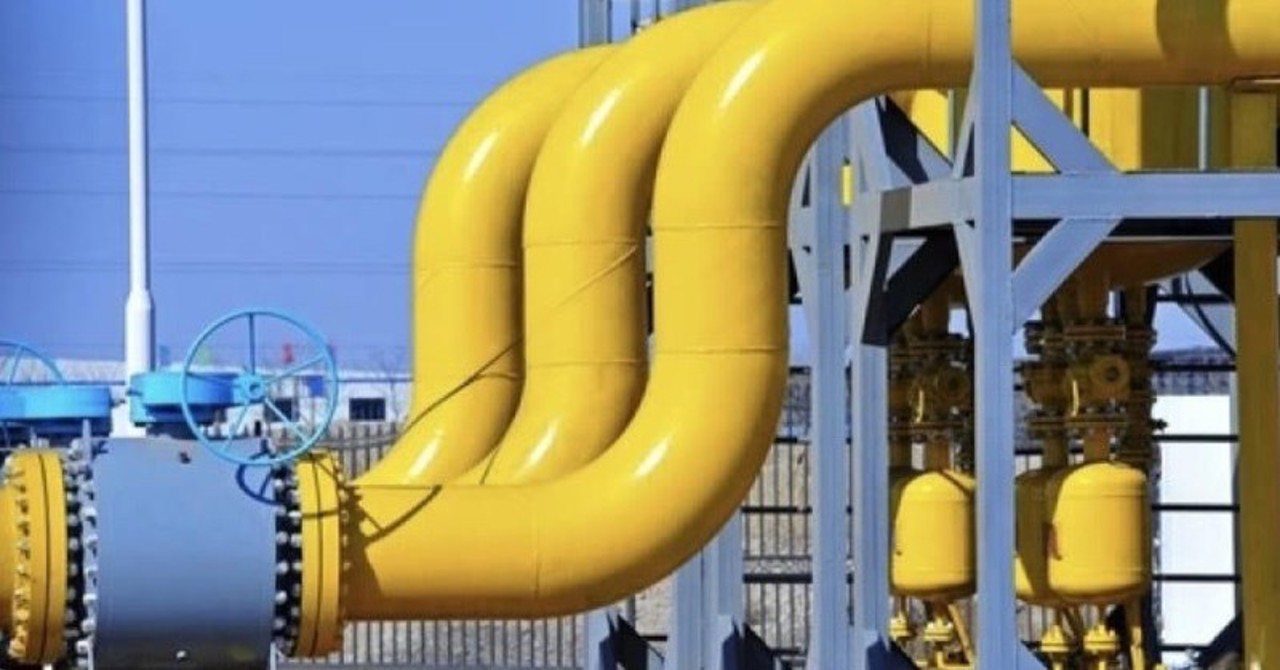Gazprom's influence: Moldova’s struggle for energy sovereignty
After the collapse of the Soviet Union, the Republic of Moldova took control of a complex and developed energy system, which included both gas transportation and distribution networks, as well as strategic main gas pipelines for the transit of Russian gas to the Balkans.

However, a series of geopolitical, economic, and controversial administrative decisions led to the gradual loss of control over this strategic infrastructure, culminating in the formation of Moldovagaz, under the control of Gazprom.
Moldovagaz is a threat to the Republic of Moldova, and we must either regain full control over this enterprise to eliminate this vulnerability or reduce its role in the energy supply and replace Moldovagaz with another state-owned company, Energocom, which could perform the same functions as Moldovagaz. This was stated by energy expert Eugen Muravschi during a live broadcast on Moldova 1.
In 1991, Moldova took control of an extensive network of gas pipelines on its territory, but the Transnistrian conflict of 1992 had a major impact on this legacy. A significant part of the gas infrastructure, located in the Transnistrian region, fell outside Chișinău’s control. This included the main gas pipelines that transported Russian gas to the Balkans, with the Transnistrian region benefiting from direct access to these resources without contributing to the payment of the consumed gas. In 1994, the Moldovan authorities decided to create the State Concern "Moldova-Gaz" to manage the energy infrastructure. However, its organization and operation raised many questions. The value of the main gas pipelines was intentionally underestimated, and a significant portion of the strategic assets was transferred to Gazprom under the pretext of paying Moldova's debt to the Russian supplier.
The situation became more complicated in 1998, when "Moldova-Gaz" was reorganized into a joint-stock company, Moldovagaz. In this structure, Gazprom became the majority shareholder with 50.02% of the shares, Moldova retained 36.56%, and the Transnistrian region received 13.42%. The transfer of assets to Gazprom was justified by the need to settle debts, but expert evaluations show that the assets were undervalued at a 9:1 ratio, favoring Gazprom.
Debts and penalties: a tool for taking control
One of the main mechanisms through which Moldova lost control over Moldovagaz was the artificially increased debt to Gazprom. In 1994, the debt rose from $22.2 million to $331.6 million, due to the imposition of excessive late penalties. Gazprom imposed penalties of 0.35% per day, 15 times higher than those imposed on other post-Soviet states, thus creating an unbearable financial burden for Moldova.
These debts were used to justify the cession of strategic assets, including the main gas pipelines, to Gazprom. At the same time, some of the funds intended to settle the debts were diverted through barter schemes and redirected to phantom companies, resulting in significant losses for the state.
The creation of Moldovagaz: ceding control
In 1998, with the creation of Moldovagaz, Moldova lost control over a vital infrastructure. The shareholding structure, in which Gazprom held 50.02% of the shares, allowed the Russian company to have decisive influence over Moldovagaz’s decisions. At the same time, the new distribution networks built later, with public funds, were not included in the company’s capital, further reducing Moldova’s ability to influence Moldovagaz’s activities.
Today, Gazprom controls Moldovagaz's strategic decisions, including tariff policy and gas deliveries. The contracts signed between Moldovagaz and Gazprom have remained confidential, fueling speculation about clauses that favor Russian interests, especially in the context of the Transnistrian conflict. Furthermore, the debts accumulated by the Transnistrian region continue to be attributed to Moldova.
Translation by Iurie Tataru





